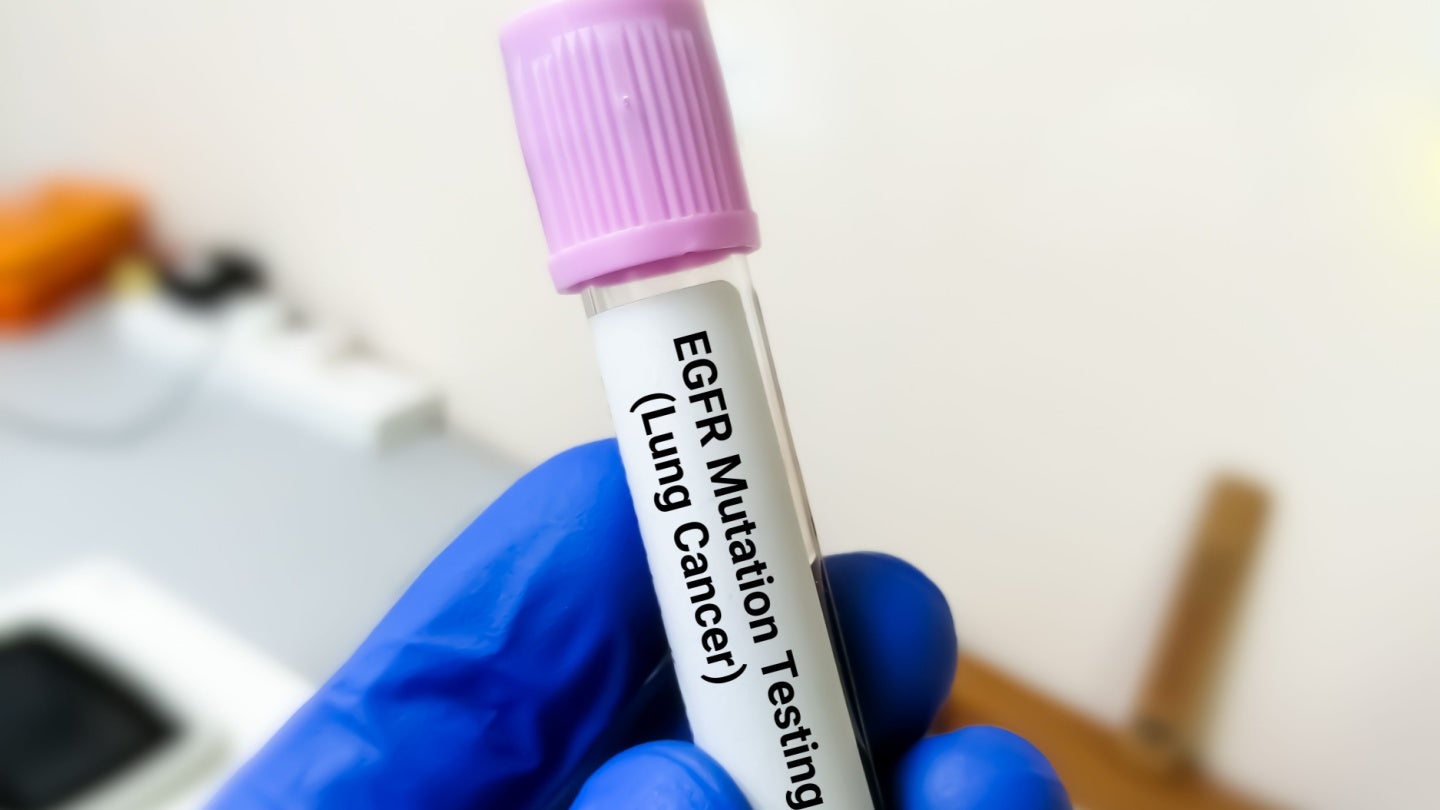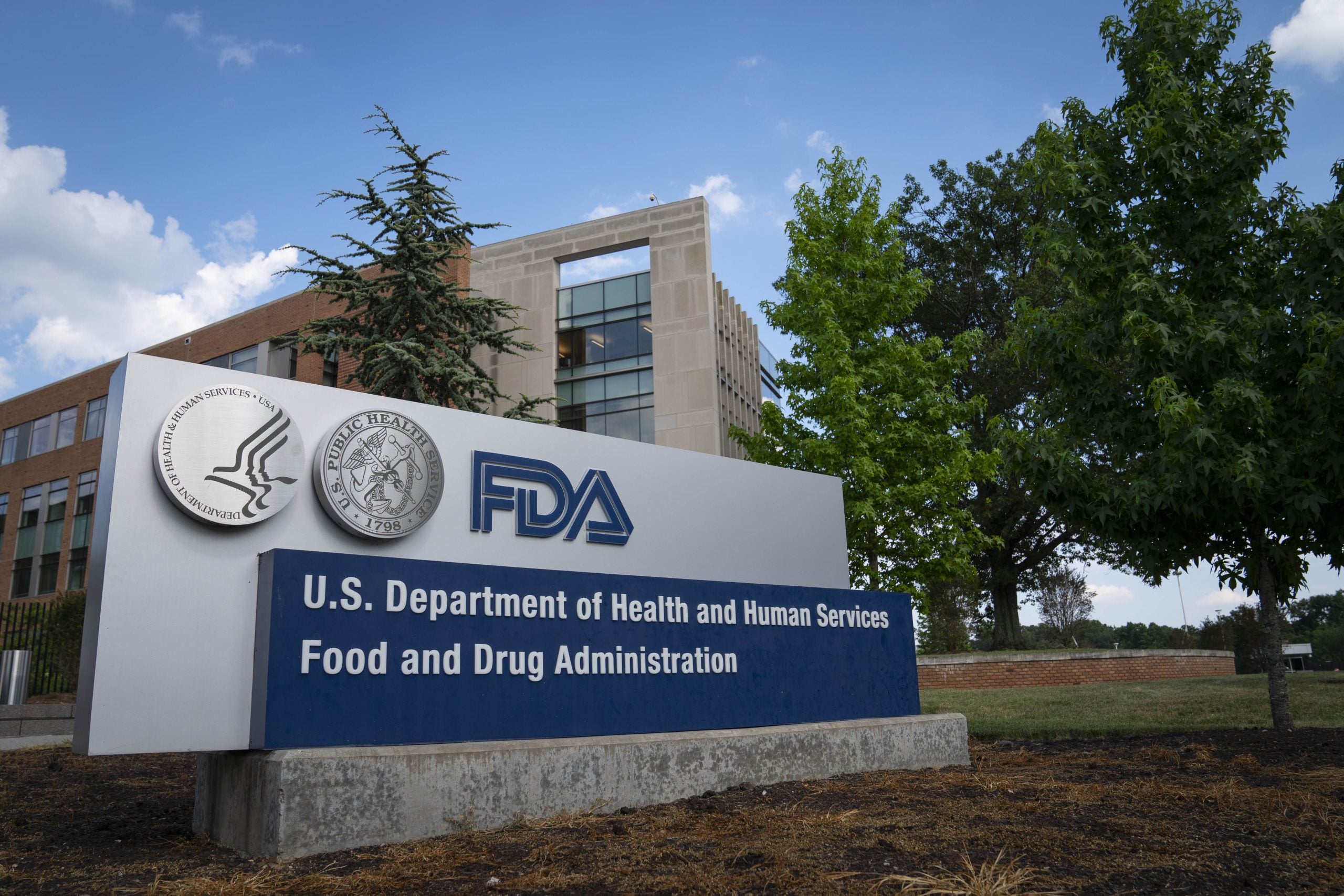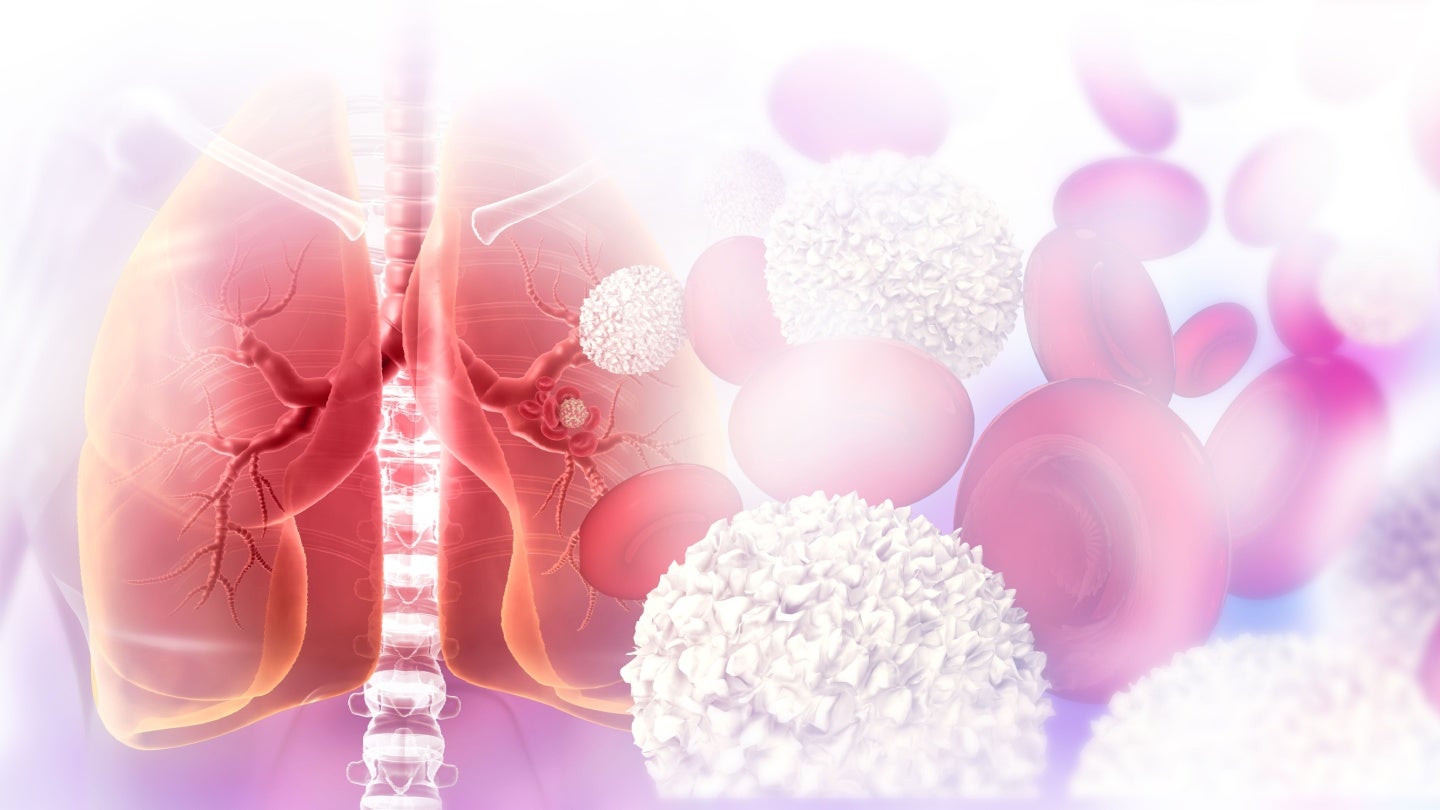HSV1 Glycoprotein D Blocks Alpha7 Nicotinic Receptors
In a groundbreaking study poised to shift the paradigm of neurovirology, researchers have unveiled a novel mechanism by which Herpes Simplex Virus type 1 (HSV-1) modulates host neuronal receptor activity. The team, led by Yeasmin, Sharma, and Nicolet among others, has identified that HSV-1’s glycoprotein D (gD) exploits a structural mimicry in the host system […]


In a groundbreaking study poised to shift the paradigm of neurovirology, researchers have unveiled a novel mechanism by which Herpes Simplex Virus type 1 (HSV-1) modulates host neuronal receptor activity. The team, led by Yeasmin, Sharma, and Nicolet among others, has identified that HSV-1’s glycoprotein D (gD) exploits a structural mimicry in the host system by utilizing an LY6-like binding domain to directly inhibit alpha7 nicotinic acetylcholine receptors (α7 nAChRs). Published in npj Viruses, this discovery opens new avenues in understanding viral manipulation of neural function and potentially neurological disease pathogenesis associated with viral infections.
The alpha7 nicotinic receptor is a ligand-gated ion channel predominantly expressed in the central nervous system. It plays a crucial role in synaptic transmission, cognitive processing, and neuroimmune regulation. Dysregulation of α7 nAChRs is implicated in numerous neurological disorders, including schizophrenia, Alzheimer’s disease, and epilepsy. Historically, the focus has been on endogenous ligands such as acetylcholine and choline, but the discovery of viral interference at this receptor level challenges the existing knowledge of viral-host interactions.
Glycoprotein D of HSV-1 is a well-studied virulence factor responsible primarily for viral entry via interactions with host cellular receptors such as HVEM and nectin-1. However, the new research elucidates a distinct functional role for gD beyond viral entry, revealing it acts as a direct antagonist to the α7 subtype of nicotinic receptors via an unconventional binding motif. This LY6-like domain is structurally homologous to members of the lymphocyte antigen 6 family known for modulating receptor signaling in the nervous and immune systems. Such mimicry by viral proteins underscores the sophistication of viral evolution in commandeering host cellular machinery for its benefit.
.adsslot_W4SGMuXvEe{width:728px !important;height:90px !important;}
@media(max-width:1199px){ .adsslot_W4SGMuXvEe{width:468px !important;height:60px !important;}
}
@media(max-width:767px){ .adsslot_W4SGMuXvEe{width:320px !important;height:50px !important;}
}
ADVERTISEMENT
Functionally, the inhibition of α7 nAChRs by HSV-1 gD represents a strategic viral manipulation that likely impairs cholinergic signaling pathways integral to neuronal survival and immune modulation. The α7 receptor interacts with calcium ions upon activation, triggering downstream signaling cascades that regulate neurotransmitter release and inflammatory responses. By binding and inhibiting this receptor, HSV-1 may dampen the host’s neuroimmune defenses, creating a more permissive environment for viral replication and persistence, particularly in sensory ganglia where HSV-1 establishes latency.
Methodologically, the research employed biophysical and electrophysiological analyses to characterize the interaction between HSV-1 gD and the α7 receptor. Surface plasmon resonance experiments demonstrated high-affinity binding of the viral protein to recombinant α7 subunits, while patch-clamp recordings in neuronal cultures revealed a substantial decrease in receptor-mediated currents upon gD application. Site-directed mutagenesis pinpointed critical residues within the LY6-like domain responsible for this inhibitory activity, providing compelling evidence of the structural basis underpinning this interaction.
From a virological standpoint, the discovery challenges the previously held notion that viral glycoproteins solely function in attachment and entry. Instead, gD’s extraneous role in receptor modulation suggests HSV-1 employs multiple strategies that extend throughout its infectious cycle, manipulating host cell physiology to evade immune responses and possibly contribute to neuropathology. This sheds light on the broader concept of “viral neurotropism,” where neuroinvasive viruses selectively target neural receptors to alter homeostasis.
Importantly, these findings may have significant implications for understanding HSV-1 related neuropathologies such as herpes simplex encephalitis and post-viral cognitive dysfunction. The α7 nAChR is a pivotal modulatory nexus in neuroinflammation and synaptic plasticity; thus, its inhibition by viral proteins may exacerbate neuronal damage and chronic neuroinflammatory states. Future therapeutic strategies could aim to block the gD-α7 interaction, potentially preserving neuronal function and improving clinical outcomes for patients with herpesvirus infections.
The work also advances the field of viral protein mimicry, demonstrating how pathogens co-opt host-like domains to interfere with receptor dynamics. The LY6 domain is a versatile motif involved in various receptor-receptor interactions, and HSV-1’s acquisition of an LY6-like motif represents an evolutionary leap to modulate highly specific receptor functions beyond viral entry. This molecular mimicry poses fundamental questions about viral evolution and host-pathogen co-adaptation, highlighting the sophistication of viral protein engineering.
At the molecular level, the study delves into the structural conformations of gD, using crystallography and computational modeling to reveal how the LY6-like binding domain aligns with the extracellular ligand-binding domain of α7 nAChRs. This orientation not only blocks acetylcholine binding but may induce allosteric conformational changes that diminish receptor activation. These insights pave the way for rational drug design efforts targeting this interface, which could yield novel antiviral and neuroprotective agents.
Furthermore, the implications of viral inhibition of α7 nAChRs extend beyond neurobiology to immunology. α7 receptors are implicated in the cholinergic anti-inflammatory pathway, which tempers systemic inflammation. HSV-1’s interference might, therefore, contribute to systemic immune dysregulation during acute or latent infection stages. Understanding this cross-talk between viral proteins and host neuroimmune axes could revolutionize therapeutic interventions targeting inflammatory diseases with viral comorbidities.
The neurotropic nature of HSV-1 combined with this novel inhibitory mechanism raises questions about the virus’s role in chronic neurodegenerative processes. As α7 receptor signaling influences neuronal survival and synaptic plasticity, its sustained inhibition by HSV-1 might contribute to the subtle yet cumulative impairment of cognitive functions observed in long-term infected individuals. Ongoing research into HSV-1’s involvement in Alzheimer’s disease and other dementias may find new mechanistic insights in this viral-receptor interplay.
In addition, the study provides a platform to explore whether related viruses encode similar LY6-like binding domains, potentially revealing a conserved viral strategy to hijack nicotinic receptors. Comparative analyses across the herpesvirus family and beyond could identify new viral targets for broad-spectrum antiviral therapies, particularly for neuroinvasive viruses with the capacity to modulate neuronal signaling.
The discovery also exemplifies the intersection of structural biology, virology, and neuroscience, illustrating how multidisciplinary approaches are essential to unravel complex viral-host interactions. Employing sophisticated biophysical techniques alongside neural electrophysiology enables precise characterization of subtle molecular interferences that have profound physiological consequences.
In conclusion, the identification of an LY6-like binding domain within HSV-1 glycoprotein D that directly inhibits α7 nicotinic acetylcholine receptors reveals a novel facet of viral manipulation of the nervous system. This discovery not only provides important mechanistic insights into herpesvirus neuropathogenesis but also highlights potential therapeutic targets to mitigate virus-induced neuronal dysfunction. As neuroscience and virology continue to converge, uncovering such intricate viral strategies will be crucial to advancing treatments for viral infections affecting the brain.
Subject of Research:
The interaction of HSV-1 glycoprotein D with alpha7 nicotinic acetylcholine receptors and the mechanistic role of an LY6-like binding domain in receptor inhibition.
Article Title:
HSV1 glycoprotein D utilizes an LY6-like binding domain to inhibit alpha7 nicotinic receptors
Article References:
Yeasmin, S., Sharma, K., Nicolet, C. et al. HSV1 glycoprotein D utilizes an LY6-like binding domain to inhibit alpha7 nicotinic receptors. npj Viruses 3, 52 (2025). https://doi.org/10.1038/s44298-025-00109-w
Image Credits:
AI Generated
Tags: alpha7 nicotinic receptor inhibitiondysregulation of alpha7 nAChRsHSV-1 and neurological disordersHSV-1 glycoprotein D mechanismHSV-1 virulence factorsligand-gated ion channels in CNSneurological disease pathogenesisneurovirology research breakthroughsstructural mimicry in viral infectionssynaptic transmission and cognitive processingviral manipulation of neural functionviral-host receptor interactions
What's Your Reaction?

































